#precolonial
Text
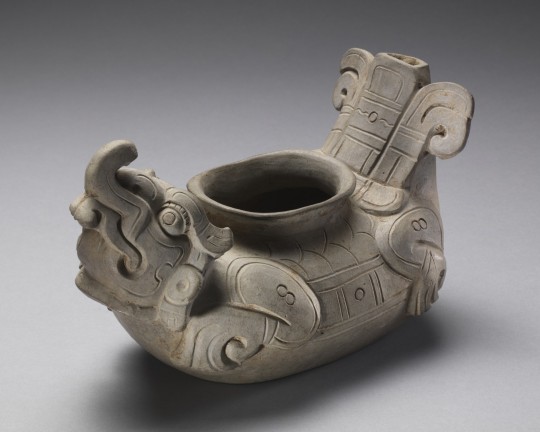
~ Vessel in the form of a prone creature.
Date: 100 B.C.–A.D. 200
Culture: Zapotec
Period: Formative
Place of origin: Mexico, Oaxaca, Central Valley of Oaxaca
Medium: Fine-grained grayware ceramic
#ancient#ancient art#history#museum#archeology#ancient sculpture#ancient history#mexican#mexico#native#oaxaca#precolumbian#precolonial#zapotec#formative#100 b.c.#a.d 200
1K notes
·
View notes
Text

#visayan#Filipino#lapu lapu#magellan#history#historical memes#colonizers#anti colonization#anti colonialism#pre colonial philippines#precolonial#precolonial Philippines#bisaya#bisayan
194 notes
·
View notes
Text
Most people today try to keep dog fur off their clothes and blankets, but one indigenous group used to highly-value textiles made from the fur of woolly dogs! Discover the story of Mutton, one of the last woolly dogs of the Americas, whose fascinating life story has been re-created by an archaeologist, an evolutionary molecular biologist and a molecular anthropologist.
30 notes
·
View notes
Text
The portrayal of the precolonial and early colonial women babaylan as oppositional to patriarchal colonization configured them as protofeminists... Mangahas claims that whereas the women babaylan were annihilated, assimilated, or compromised by the colonial order, the power of Philippine women was not fully lost... Many present-day women professionals, mostly from urban and/or diasporic middle-class backgrounds, have been attracted to the image of the babaylan and have ascribed the babaylan title to themselves... These developments have inspired many in the face of ongoing violence and discrimination against women, immigrants, and other minorities, in domestic and work places, in the homeland and in the diaspora.
Scholars like Zeus Salazar, however, observe the alienation between what he calls the "babaylan of the elite and the babaylan of the real Filipino [who] still sit with their backs against each other." Salazar warns that the "Babaylan tradition could be co-opted by new-age type spirtuality-seeking affluent, middle class Filipinas whose end goal is individual spiritual enlightenment.
...Not a few have pointed out the problem of extracting the babaylan title as though it were a commodity to be acquired without first going through Indigenous channels and protocols... To abstract the title from the process and relationships just because one is attracted to images of Indigenous women that converge with feminist models or because one has the privilege to do so is facile and demonstrates a lack of respect for Native ritual specialists and their communities.
- Babaylan Sing Back by Grace Nono
#philippines#indigenous#precolonial#postcolonial#history#yes yes yes finally someone said it#early on in my precolonial philippine research#i kept coming across these websites and articles about how we should embody our inner babaylan#and it felt so strange that most of the writers of these pieces were diasporic and actually had no babaylan training#it just felt so... exploitative to me#i'm so glad to hear that scholars have been criticizing this movement all along
38 notes
·
View notes
Text
64 notes
·
View notes
Text
In 11th, century BC. My Precolonial Filipino ancestors discovers A giant reptilian monster who collapse and dies in Philippines :

#kong vs godzilla#godzilla x kong the new empire#Godzilla#That Godzilla specimen was Dagon#Precolonial#Precolonial Philippines
14 notes
·
View notes
Text

SWORD AND ENLIGHTENMENT. LOVE AND GLORY. VIOLENCE AND LIBERATION.
Gubat Banwa First Edition officially releases on December 28! For itch.io, Drivethru, and Gank!
#gubat banwa#ttrpg#rpg#gamedev#writing#southeast asia#fantasy#tabletop#filipino#philippine#precolonial
49 notes
·
View notes
Text

The traditional origins of twerking!🍑
🎶🇨🇮🎶
#history#mapouka#dance#côte d’ivoire#music#african history#dabou#fertility#traditional femininity#1990s#twerking#just girly things#black coquette#black girl magic#african women#dance history#west africa#rap#precolonial#traditional practices#black femininity#coquette#womens history#zouglou music#african culture#nickys facts
4 notes
·
View notes
Text

Datu Portrait Practice
#portrait practice#digital painting#characterart#characterdesign#character design#datu#precolonial#precolonial philippines#original character#drawing#painting#ocs#fanart#filipino history#sketch#history philippines#philippine history#art#my art
3 notes
·
View notes
Text
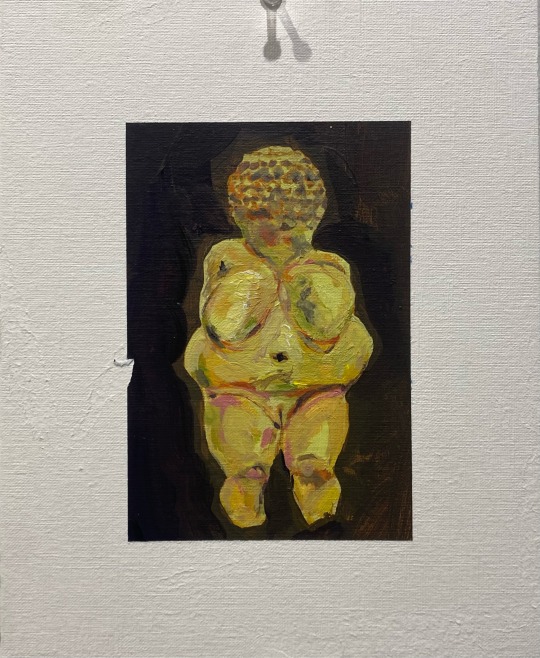
e-starr
Study #4
8” X10”
Acrylic on Board
2024
#art#art history#impressionism#painting#women artists#acrylic#chronic illness#chronically ill#lesbian#venus of willendorf#feminist art#precolonial
5 notes
·
View notes
Text
Kisig!



Originally he was going to be a character for AAPI month and then I ended up making him a full blown character along with a few others!
Meet Kisig, he is a nobleman from the northern polity and the advisor of Datu Sangay, his twin brother. He is speaks softly and eloquently. Most of all, acts like a gentleman... but also cheeky, haha.
There is a common saying in Tagalog that says, “maginoo pero medyo bastos,” which literally translates to “a gentleman, but a little naughty.” I think it desribes his appearance and personality well.
He seems to be quite popular among my following. :’D
More of them coming soon!
#PH#Philippines#Filipino#Comic#Art#Anime Art#Filipino Comics#Originals#Ikemen#Tattoos#precolonial#filipiniana#filipinianafantasy#concept art#filipiniana fantasy#oc
61 notes
·
View notes
Text
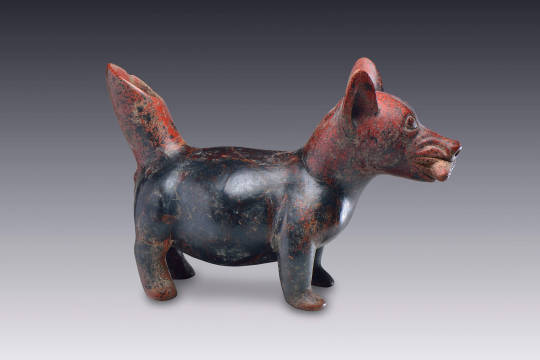
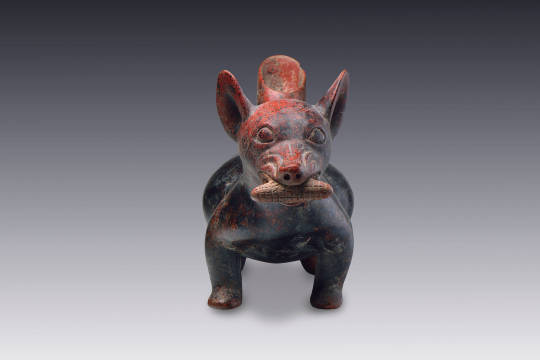
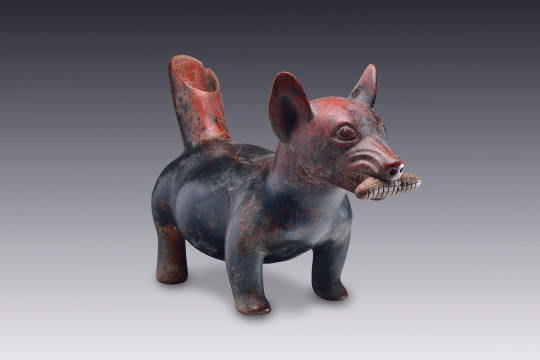

~ Perra con Mazorca entre los Dientes. (Dog with cob in her teeth)
Culture: Tumbas de tiro
Style: Comala
Place of origin: Colima
Period: Late Preclassic-Early Classic
Date: 300 B.C.- A.D. 600
Medium: Modeled, incised and burnished clay.
#ancient#ancient art#history#museum#archeology#ancient sculpture#ancient history#archaeology#mexico#mexican#precolumbian#precolonial#precolombino#Mesoamerica#dog#cob#colima#comala#tumbas de tiro#clay#300 b.c.#a.d. 600
2K notes
·
View notes
Text

Stanky
#historical memes#history#history memes#meme#memes#ancient history#historical#america#native american history#native americas#native americans#central american history#South American history#precolonial#precolumbian
37 notes
·
View notes
Text
Archaeologists in Brazil have identified 16 archaeological sites featuring rock art from 2,000 years ago, with symbols of human and animal footprints and even celestial bodies. The finds are due to new initiatives in archaeology in the region, offering new evidence on pre-colonial cultures living there millennia ago.
15 notes
·
View notes
Photo

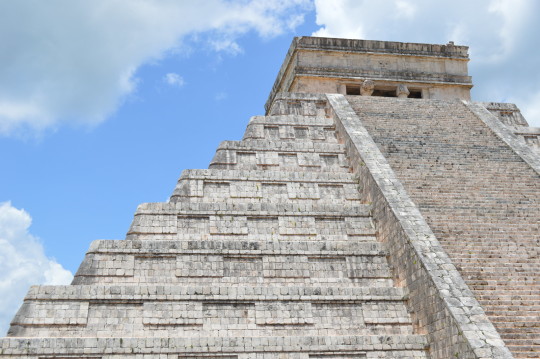
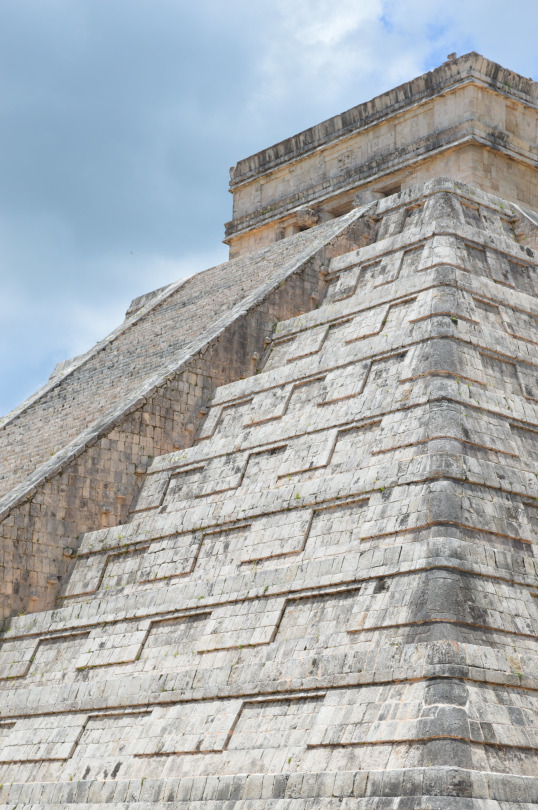
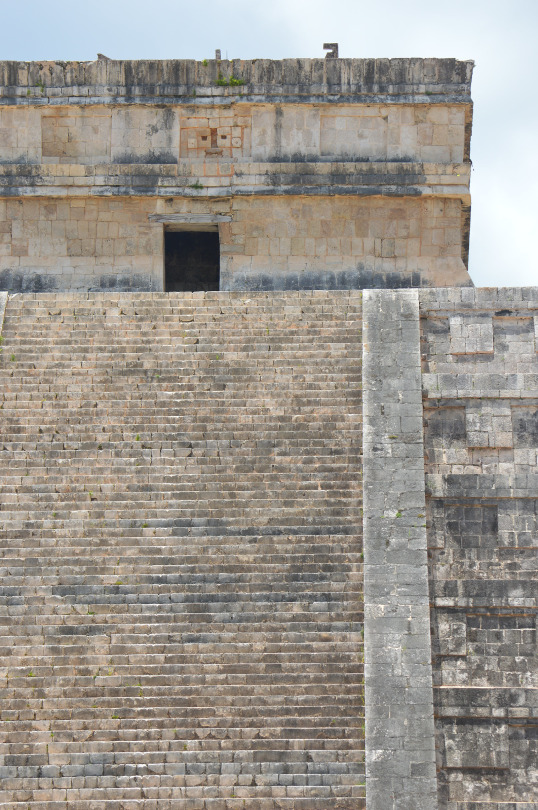
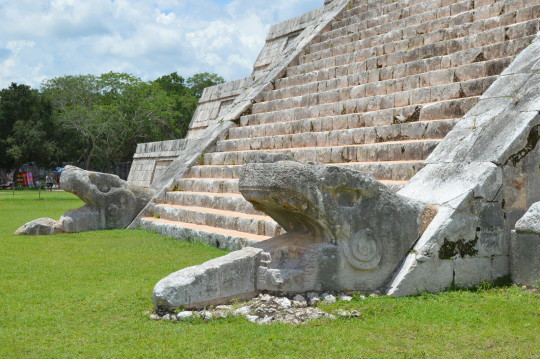

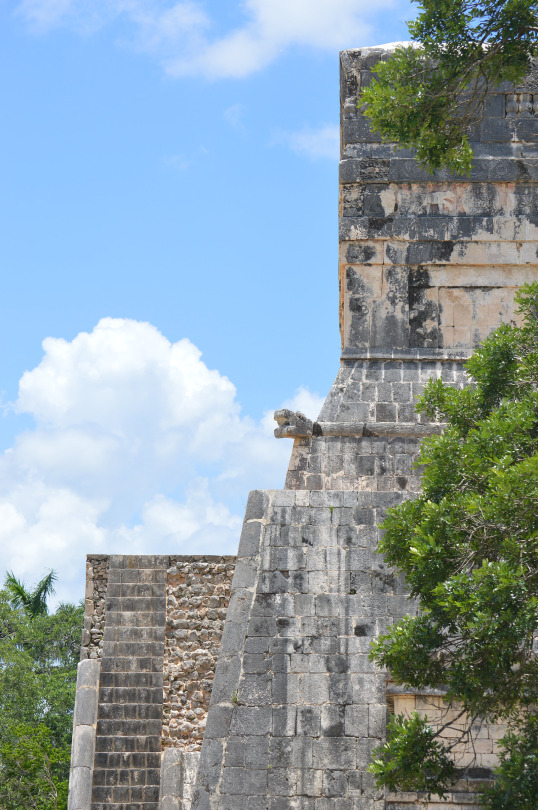
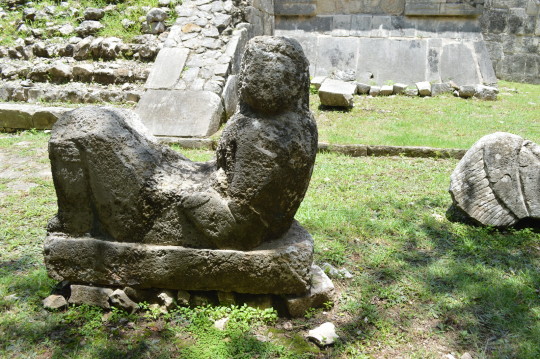

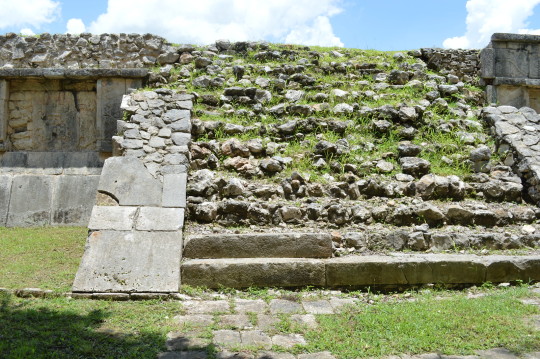
Mayan ruins
Chichén Itzá, Yucatán, México. July 2017. Photo by M. Lucero.
#chichen itza#mexico#caribbean#tropical#mayan#ruins#pyramid#sculpture#precolonial#precolombian#mesoamerica#photo#photography#photographers on tumblr#photography on tumblr#2017#original photography
41 notes
·
View notes
Photo

“Asog Bugwas”
He is one of my original characters from my upcoming comic, "Ang Timbangan Sa Daragangan", inspired by a real-life warrior-babaylan, Tamblot. His name means spurt of water or to wash away in Bisaya. Did I say, HE? Yes. He is an ASOG/BAYOK/BAYUGIN (in English, effeminate man, feminized man, transvestite man, or transgender babaylan.)
5 INTERESTING FACTS ABOUT ASOG(S):
1. The purpose of converting oneself from a man to a woman is a SPIRITUAL FUNCTION, not for entertainment (DRAG), not for a coming-out-of-the-closet situation (my soul is female, but my body is male, therefore I will dress and act as a female).
2. During the pre-colonial period, asogs are welcomed and celebrated.3. Father Francisco Alcina (1668) from his work Historia de los Islas y Indios de Bisayas, he described Asogs as:"…impotent men and deficient for the practice of matrimony, considered themselves more like women than men in their manner of living or going about, even in their occupations….”4. The 16th-century manuscript Boxer Codex described further regarding Bayog/Asog“The bayog or bayoguin are priests dressed in female garment…..Almost all are impotent for the reproductive act, and thus they marry other males and sleep with them as man and wife and have carnal knowledge.”
5. Alcina adds that all Bisayan males were keen on getting tattooed (they were called the pintados) save for those who were called the asog (p. 141).
PS. Birds and Crocodiles are sacred to us during the Pre-Spanish era.
ABOVE: Dulungan/Visayan Hornbill/Walden's Hornbill (torrhinus waldeni)
BELOW: Buwaya/Philippine Freshwater Crocodile (crocodylus mindorensis)
PROGRAM USED: Adobe Photoshop
#filipino#Filipino Culture#filipinoart#filipinoartist#filipino artist#adobe photoshop#AdobePhotoshop#digital art#Digital Illustration#Digital Media#digital painting#photoshop#visayas#portrait#precolonial#asog#digital portrait
7 notes
·
View notes